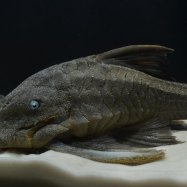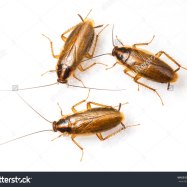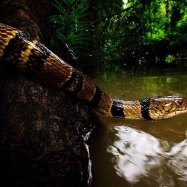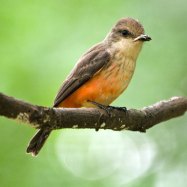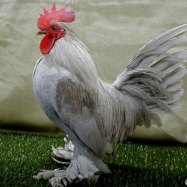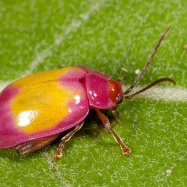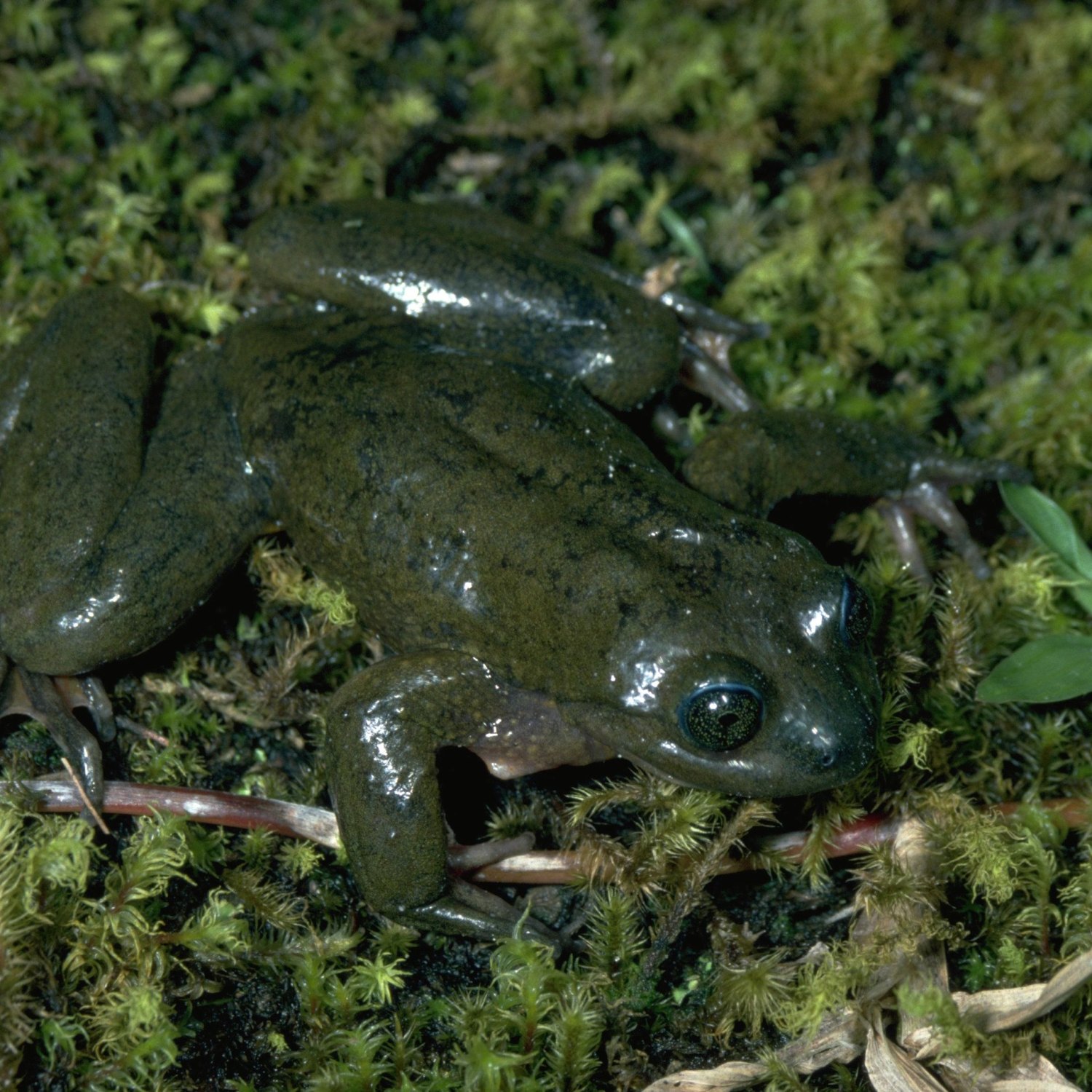
Sehuencas Water Frog
6 to 9 centimeters
Meet the Sehuencas Water Frog, a species found in the tropical forests of Cochabamba, Bolivia. These adorable amphibians can grow up to 6 to 9 cm in length and belong to the Telmatobiidae family. With their stocky body shape, they move gracefully underwater and are an integral part of our ecosystem. Let's protect these little creatures and their habitat for a healthier planet.
Animal Details Summary:
Common Name: Sehuencas Water Frog
Kingdom: Animalia
Habitat: Freshwater streams and rivers
The Sehuencas Water Frog: A Critically Endangered Species from Bolivia
The Sehuencas Water Frog, scientifically known as Telmatobius yuracare, is a unique amphibian species that can only be found in the freshwater streams and rivers of Bolivia. This small but fascinating frog has captured the hearts of many due to its distinctive appearance and charming behavior. However, despite its popularity among animal enthusiasts, the Sehuencas Water Frog is facing a critical threat of extinction.Believed to be only found in the country of Bolivia, specifically in the region of Cochabamba, the Sehuencas Water Frog is listed as critically endangered on the International Union for Conservation of Nature (IUCN) Red List Sehuencas Water Frog. With the continuous degradation of its natural habitat, the gradual disappearance of this species is a cause for alarm. In this article, we will explore more about this fascinating frog and why its conservation is crucial for our ecosystem.
Classification and Habitat
The Sehuencas Water Frog belongs to the Animalia Kingdom, Chordata Phylum, and is classified under the class of Amphibia and order Anura. It is a part of the Telmatobiidae family, which includes other Telmatobius species found in South America. Its name, yuracare, is derived from the Yuracaré people who inhabit the region of Cochabamba.
This unique frog species has a limited habitat and can only be found in freshwater streams and rivers of Bolivia. It can be seen hiding under large rocks during the day and coming out at night to feed on small invertebrates and insects. The Sehuencas Water Frog has also been known to migrate to nearby small ponds during the breeding season.
Appearance and Behavior
The Sehuencas Water Frog has a stocky body shape, usually measuring at 6 to 9 centimeters in length Saola. Its coloration ranges from brown to dark brown, with irregular dark blotches on its body. This camouflage helps it blend in with the riverbed, making it difficult for predators to spot.
As its name suggests, this species is well-adapted to living in the water. They have long, webbed hind feet and short front feet, making them efficient swimmers. The Sehuencas Water Frog has a unique way of camouflaging itself when in danger – by burying itself in the mud, leaving only its eyes visible.
This species is also known for its unique call, a single, long “whoop” sound, which can be heard echoing through the streams and rivers. As their breeding season approaches, the males will call out to attract females, and once a female is found, the male will wrap his front legs around her in an amplexus position. The female will then lay eggs in the water, which the male will fertilize externally.
Threats to Survival
The Sehuencas Water Frog was once a common species in Bolivia, but due to various ecological and human-induced factors, its population has been steadily declining. One of the major threats to their survival is the degradation and pollution of their natural freshwater habitats. As humans continue to pollute and destroy nearby forests for development and agriculture, the streams and rivers where these frogs reside are slowly disappearing.
Furthermore, the introduction of invasive fish species that feed on amphibian eggs and larvae has also contributed to the decline of the Sehuencas Water Frog population. The introduction of chytrid fungus, a deadly disease that affects amphibians, has also played a role in their diminishing numbers. Climate change and fluctuating water levels have also had a negative impact on their survival.
Conservation Efforts
Due to their critically endangered status, various conservation efforts have been put in place to save the Sehuencas Water Frog from extinction. One of the most notable efforts is the creation of the “Romeo Project” by the Global Wildlife Conservation, which aims to find a mate for the last known Sehuencas Water Frog in captivity, named Romeo. After several years of unsuccessful attempts to find a female companion for Romeo in the wild, the project is now focused on finding a suitable female through expeditions and DNA testing.
Other conservation efforts include habitat restoration and captive breeding programs in Bolivia, as well as research studies to better understand and protect the species. The Bolivian government has also declared the Sehuencas Water Frog as a national species of Bolivia, providing legal protection for its survival.
In Conclusion
As we continue to learn more about the importance of biodiversity and the interconnectedness of various species in our ecosystem, it is crucial to protect and conserve endangered animals like the Sehuencas Water Frog. If we do not take immediate and effective conservation measures, we will be at risk of losing these unique, fascinating, and vital species forever.
We must spread awareness about the plight of the Sehuencas Water Frog and support conservation efforts to save them from extinction. Governments, NGOs, and individuals must work together to protect the remaining populations and restore their habitats. We all have a responsibility to ensure that these unique creatures continue to thrive and contribute to the delicate balance of our ecosystem. Let us all do our part in preserving the beauty of nature for generations to come.

Sehuencas Water Frog
Animal Details Sehuencas Water Frog - Scientific Name: Telmatobius yuracare
- Category: Animals S
- Scientific Name: Telmatobius yuracare
- Common Name: Sehuencas Water Frog
- Kingdom: Animalia
- Phylum: Chordata
- Class: Amphibia
- Order: Anura
- Family: Telmatobiidae
- Habitat: Freshwater streams and rivers
- Feeding Method: Carnivorous
- Geographical Distribution: Bolivia
- Country of Origin: Bolivia
- Location: Cochabamba, Bolivia
- Animal Coloration: Brown to dark brown with irregular dark blotches
- Body Shape: Stocky
- Length: 6 to 9 centimeters
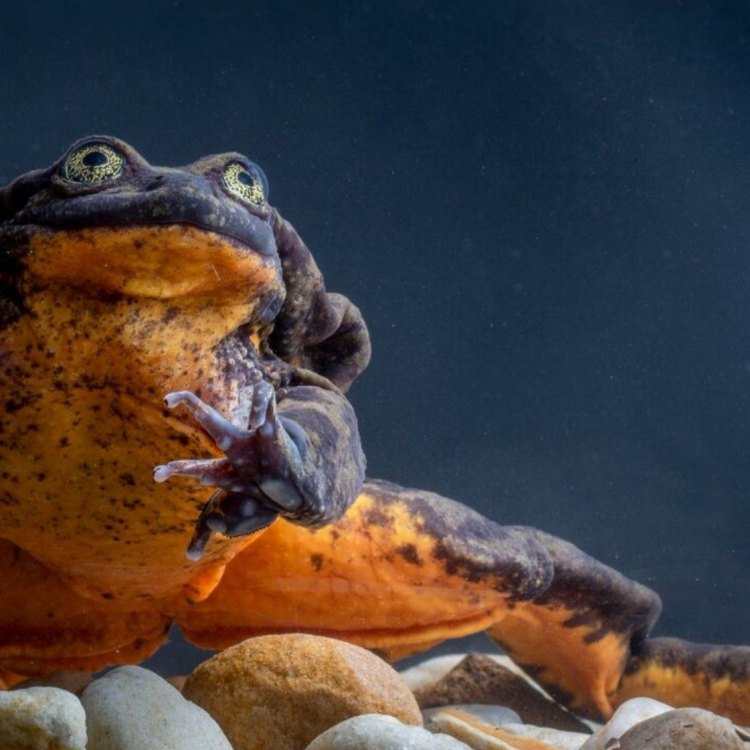
Sehuencas Water Frog
- Adult Size: Medium-sized
- Average Lifespan: Unknown
- Reproduction: Sexual
- Reproductive Behavior: Egg-laying
- Sound or Call: Loud, raspy call
- Migration Pattern: Non-migratory
- Social Groups: Solitary
- Behavior: Nocturnal and semi-aquatic
- Threats: Habitat destruction, pollution, climate change
- Conservation Status: Critically Endangered
- Impact on Ecosystem: Indicates the health of freshwater habitats
- Human Use: None
- Distinctive Features: Large, bulbous eyes
- Interesting Facts: The male Sehuencas Water Frogs call to attract females during the breeding season
- Predator: Unknown
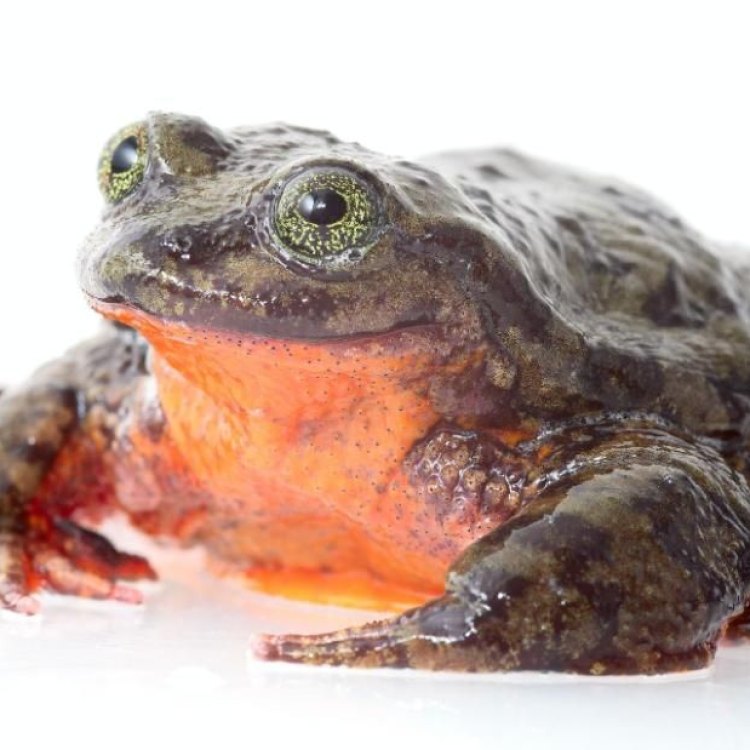
Telmatobius yuracare
The Unique Qualities of the Sehuencas Water Frog
Nature has a way of creating incredible creatures that continue to fascinate and surprise us. One such creature is the Sehuencas Water Frog, also known as Telmatobius yuracare. This amphibian, found in the Andes Mountains of Bolivia, is a true testament to the resilience of nature and the importance of preserving our planet's delicate ecosystems. From its distinctive features to its role in indicating the health of freshwater habitats, the Sehuencas Water Frog is a truly unique and fascinating species worth learning more about PeaceOfAnimals.Com.The Sehuencas Water Frog is a medium-sized amphibian with an average adult size of around 2.5 inches. Although its average lifespan is unknown, it is estimated to be similar to other related species, which can live for up to 15 years. This makes the Sehuencas Water Frog a relatively long-lived species for an amphibian. However, its long lifespan does not guarantee its survival in the wild.
Reproduction plays a crucial role in the Sehuencas Water Frog's life cycle, much like any other species. However, what makes this amphibian unique is its reproductive behavior. The species reproduces sexually, meaning that both male and female individuals are required for reproduction to occur. During the breeding season, which typically takes place from November to March, males will call out to attract females using a loud and raspy call Saturniidae Moth. This call is one of the most distinctive features of the Sehuencas Water Frog and can be heard echoing through their natural habitat.
Once the female is attracted, the male will wrap his body around the female, a behavior known as amplexus, and she will lay her eggs. The male then fertilizes the eggs externally, and the female will leave the eggs to develop on their own. This egg-laying behavior is a common characteristic among amphibians, but it is still fascinating to witness in action.
The Sehuencas Water Frog is a non-migratory species, meaning that it does not travel long distances to find food or suitable habitats like some other amphibians. Instead, it tends to stay in one area for most of its life, making it easier to track and study. The species is mostly solitary, with males and females only coming together during the breeding season.
The Sehuencas Water Frog is a nocturnal and semi-aquatic species, meaning it is most active at night and spends a significant amount of time in or around water. This behavior is typical for most amphibians as they need to keep their skin moist to survive. These frogs are also excellent swimmers and can often be found gliding through the water using their powerful hind legs. It is a sight to behold and a reminder of how amazing and adaptable these creatures truly are.
Sadly, the Sehuencas Water Frog is facing numerous threats in its natural habitat, putting its survival at risk. Habitat destruction, pollution, and climate change are among the top threats that this species is currently facing. These threats are not unique to the Sehuencas Water Frog and are affecting many other species worldwide. However, the Sehuencas Water Frog's unique role in its ecosystem makes it all the more crucial to preserve and protect.
As a semi-aquatic species, the Sehuencas Water Frog is directly impacted by the health of freshwater habitats. These habitats are essential for its survival, and any changes or pollution can have devastating effects on the species. The Sehuencas Water Frog serves as an indicator of the overall health of these habitats. A decline in the population of these frogs could indicate a decline in the quality of freshwater ecosystems, which can have cascading effects on other species that depend on them.
Despite its critical role in the ecosystem, the Sehuencas Water Frog has no known human use or commercial value. This further highlights the importance of preserving and protecting species for their intrinsic value and not just for their potential benefits to humans.
One of the most distinctive features of the Sehuencas Water Frog is its large, bulbous eyes. These eyes not only give the species a unique appearance, but they also serve a practical purpose. The large eyes allow the frog to see better in low light conditions, which is essential for its nocturnal behavior. These eyes are also essential for detecting predators, as the Sehuencas Water Frog's natural predator is currently unknown.
Aside from its distinctive features and role in the ecosystem, the Sehuencas Water Frog also has some interesting facts that make it stand out among other amphibian species. As mentioned earlier, one of the most fascinating facts about this species is the male's loud and raspy call during the breeding season. This behavior may seem common among all frogs, but it has an added significance for the Sehuencas Water Frog. The male's call is much louder than expected for a frog its size, making it an essential way for males to attract females and successfully reproduce.
The Sehuencas Water Frog is also known for its ability to survive in extreme conditions. It has adapted to live in harsh, high-altitude environments with low oxygen levels, making it a true survivor. This adaptation has helped the species to thrive in its native habitat for thousands of years, but it may not be enough to overcome the current threats it faces.
In conclusion, the Sehuencas Water Frog is a unique and fascinating species that deserves our attention and protection. From its distinctive features to its role in indicating the health of freshwater habitats, this amphibian serves as a reminder of the delicate balance of nature and the impact humans have on it. It is crucial that we take action to preserve and protect this species and its habitats to ensure that future generations can continue to marvel at this incredible creature. Let us all do our part in preserving the Sehuencas Water Frog and other endangered species for the benefit of our planet and all its inhabitants.
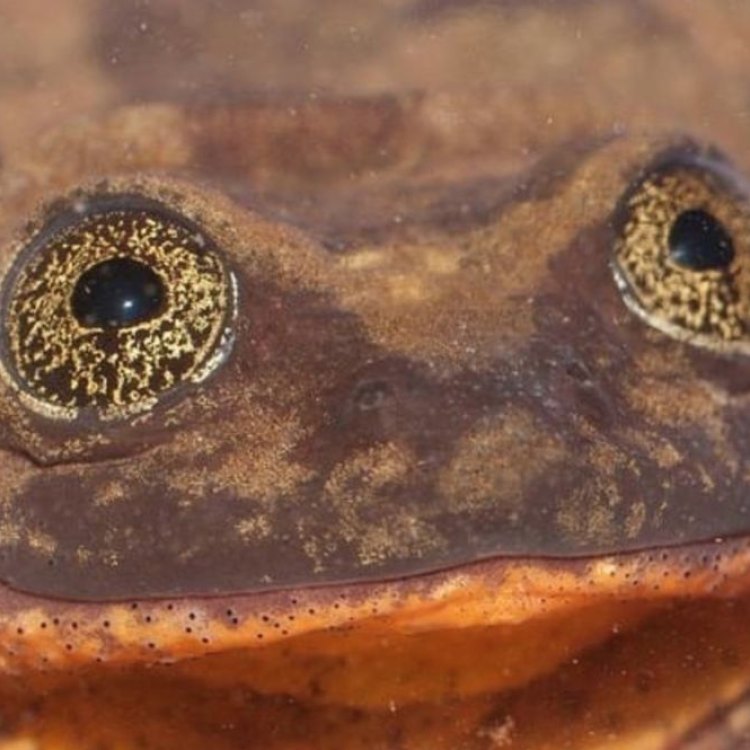
The Sehuencas Water Frog: A Critically Endangered Species from Bolivia
Disclaimer: The content provided is for informational purposes only. We cannot guarantee the accuracy of the information on this page 100%. All information provided here may change without prior notice.



